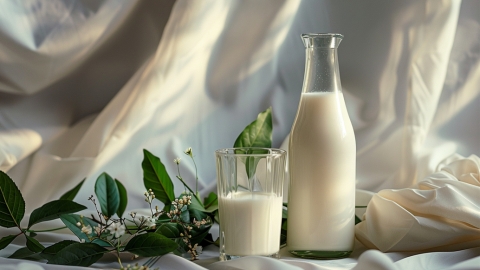Can cooling fruits be eaten with milk?
Generally speaking, cooling fruits can be consumed with milk, but it is not recommended to eat too much. The detailed explanation is as follows:

Common cooling fruits, such as pears and watermelons, are rich in vitamins, water, and dietary fiber, while milk contains high-quality protein and calcium. There is no conflict between the components of these two foods. Combining cooling fruits with milk in moderate amounts can enrich nutrient intake and meet the body's needs for various nutrients. The human digestive system can adapt to this combination to some extent, and as long as they are not consumed in excessive amounts, they will not cause noticeable discomfort. Therefore, cooling fruits can be consumed with milk.
However, during consumption, one should control the quantity to avoid eating too many cooling fruits or drinking excessive amounts of milk, which may burden the gastrointestinal tract. Individuals with weaker gastrointestinal function can cut the fruit into small pieces and add them to warm milk to reduce gastrointestinal irritation. Fresh fruits and milk within its expiration date should be selected to ensure food safety. If discomfort such as abdominal bloating or diarrhea occurs after consumption, the intake should be reduced or the combination discontinued. A varied diet and rational food pairing should be emphasized in daily meals to ensure balanced nutrition.









